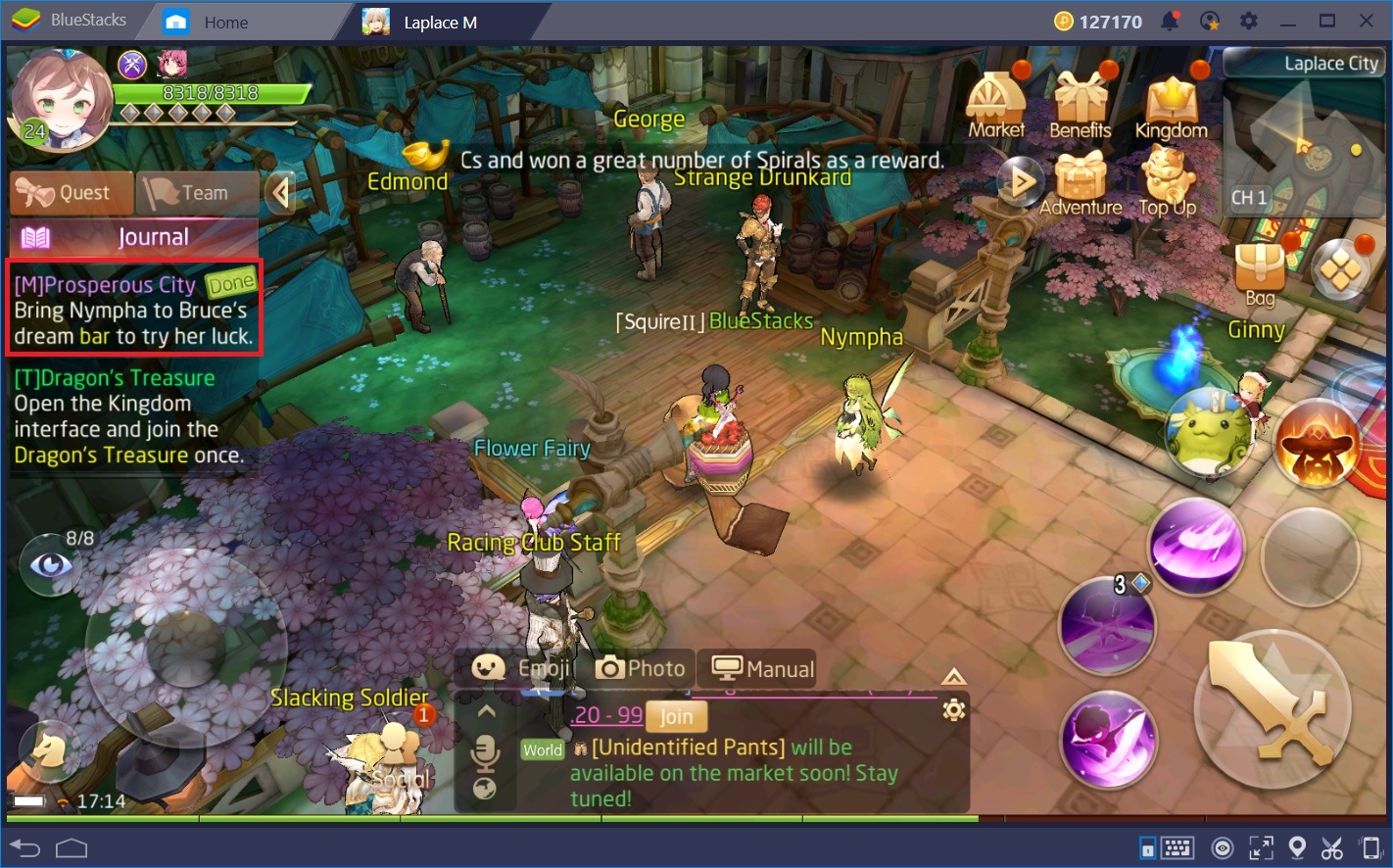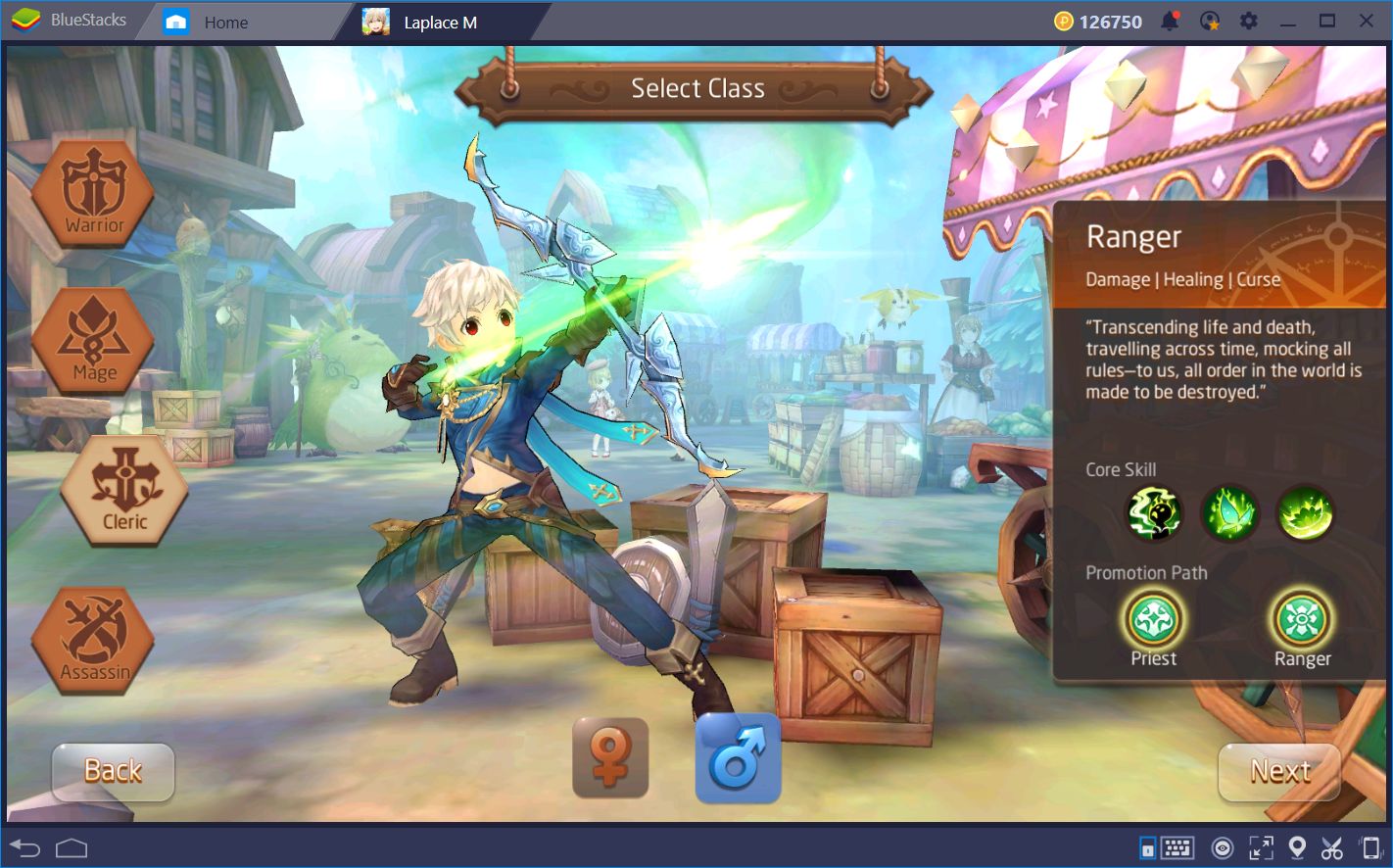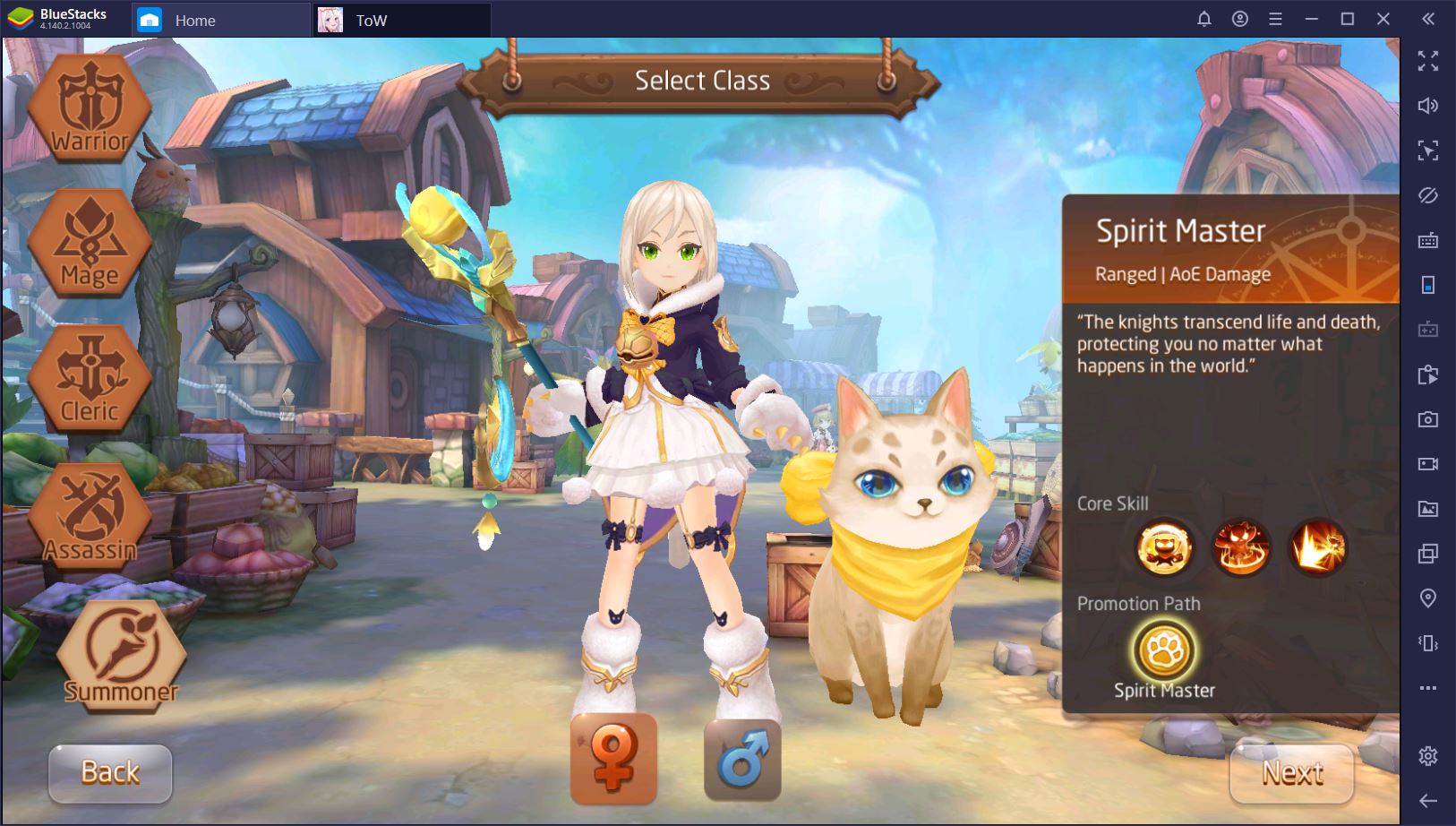Tales of Wind : Use the Auto-Play System to Your Advantage
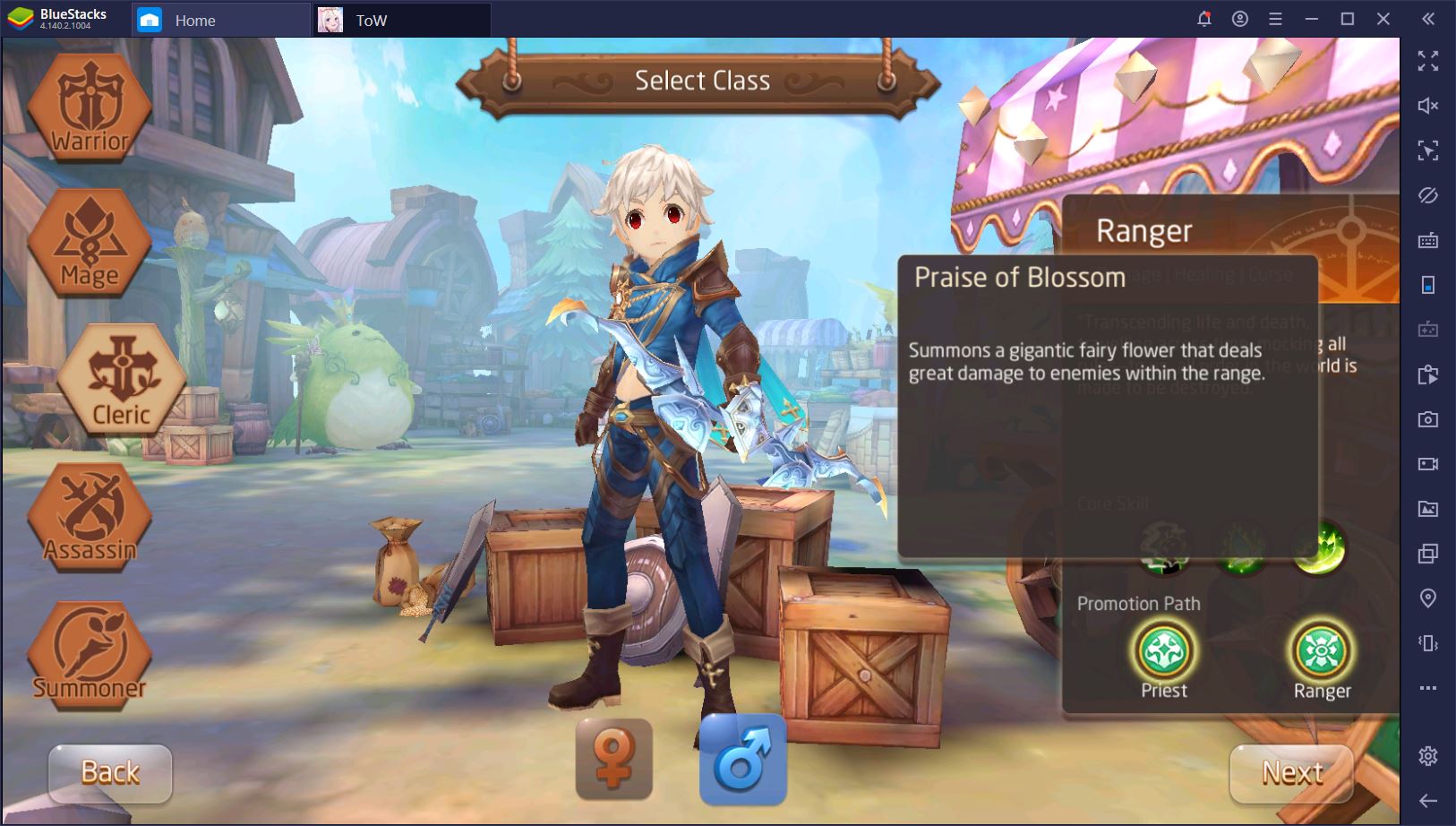
Tales of Wind is unlike the majority of mobile MMORPGs currently on the Play Store. We’ve talked at length about why we believe this is an innovative game for its genre in our review, but one thing that stands out is that you actually cannot use the good-old levelling method of grinding random monsters for hours on end.

Although, theoretically, you can let your character farm in a small area, the number of monsters, their respawn rate, and their EXP yield makes the whole thing absolutely worthless. Instead, you have to play through missions, events, boss raids, and more daily activities in order to gain levels.
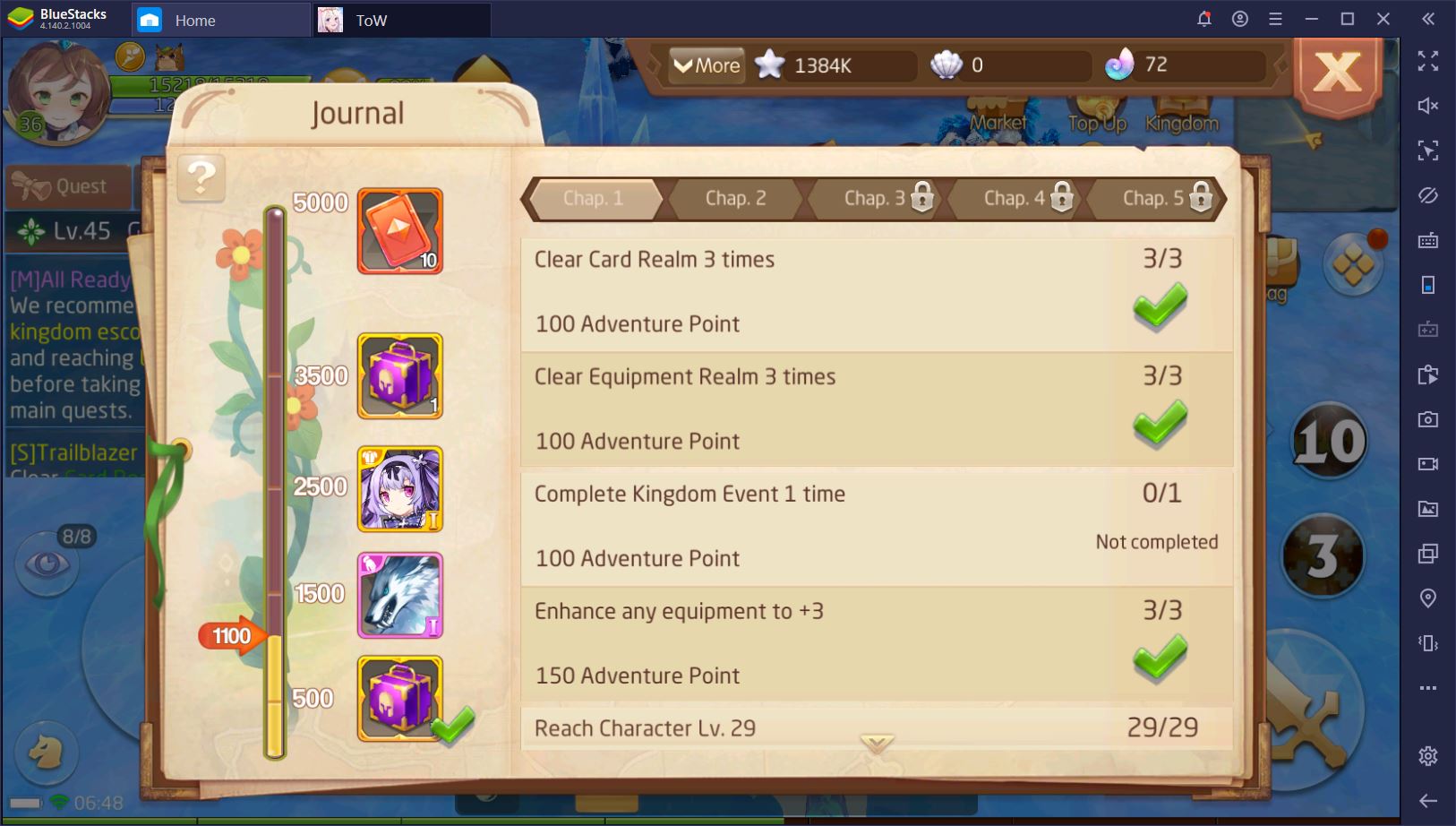
You might wonder if there is any use for the Auto-Play system, given the circumstances. The answer is yes, most definitely. This is not the case with all the tasks you should perform each day for EXP, but, with many of them, the AI can complete them by itself. You just have to configure it to your advantage, which is what this guide is all about.
The Best Class Promotions for PvE
There are currently five classes in Tales of Wind, each with a unique playstyle and specific abilities. Of course, when you choose your main class, your first consideration should be whether or not you will enjoy playing it. However, if neither of the available classes catches your eye and you know you are going to use the Auto-Play system a lot, then there are a few options that are better than others. For example, the Warrior and the Cleric tend to do better on Auto-Play.
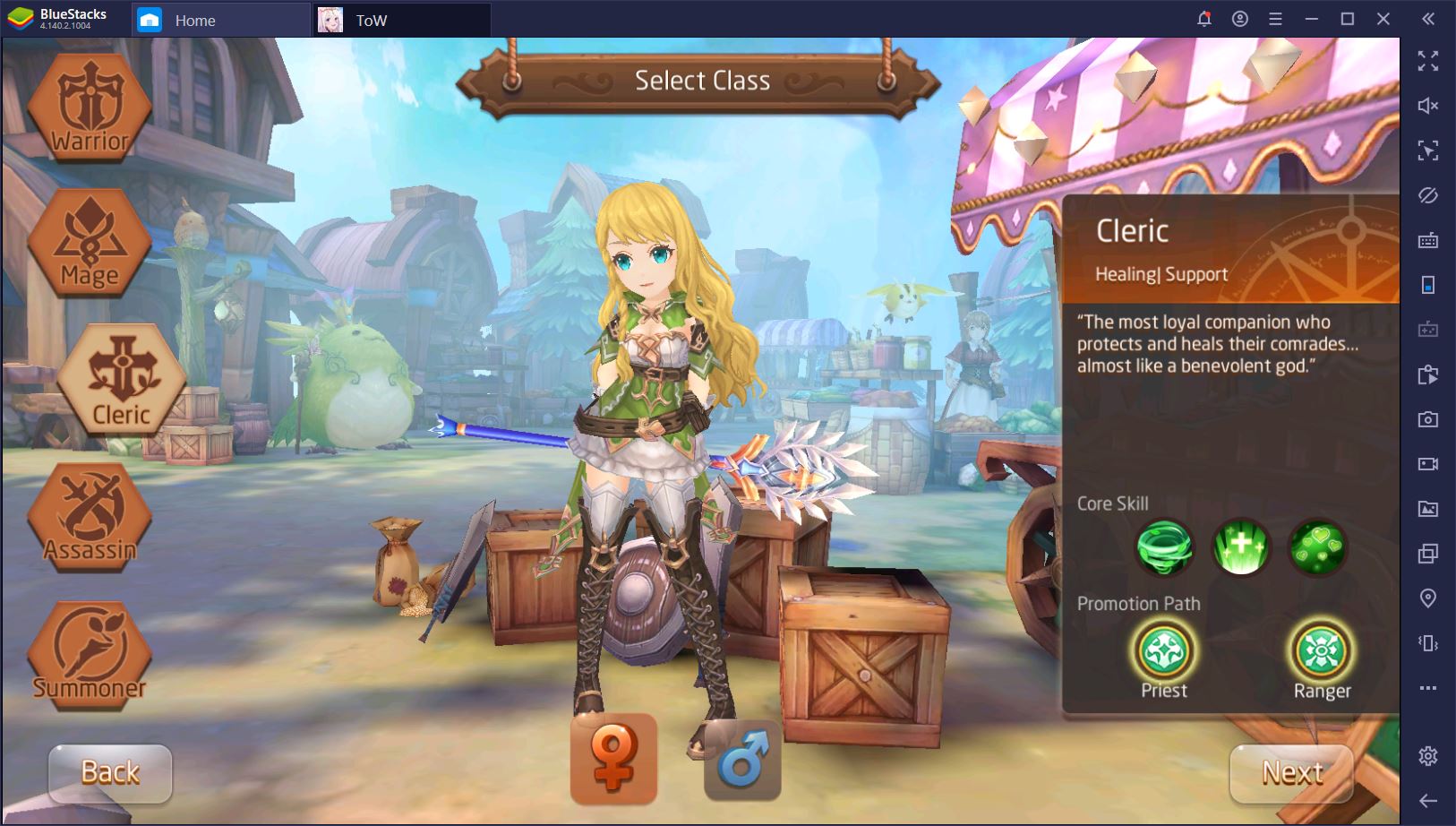
Furthermore, unless you choose to be a Summoner, you will be asked to select a “promotion” or subclass once you hit level 50 and complete a special series of quests. Each of the main four classes can choose between 2 different promotions and some of these fare better on Auto-Play.
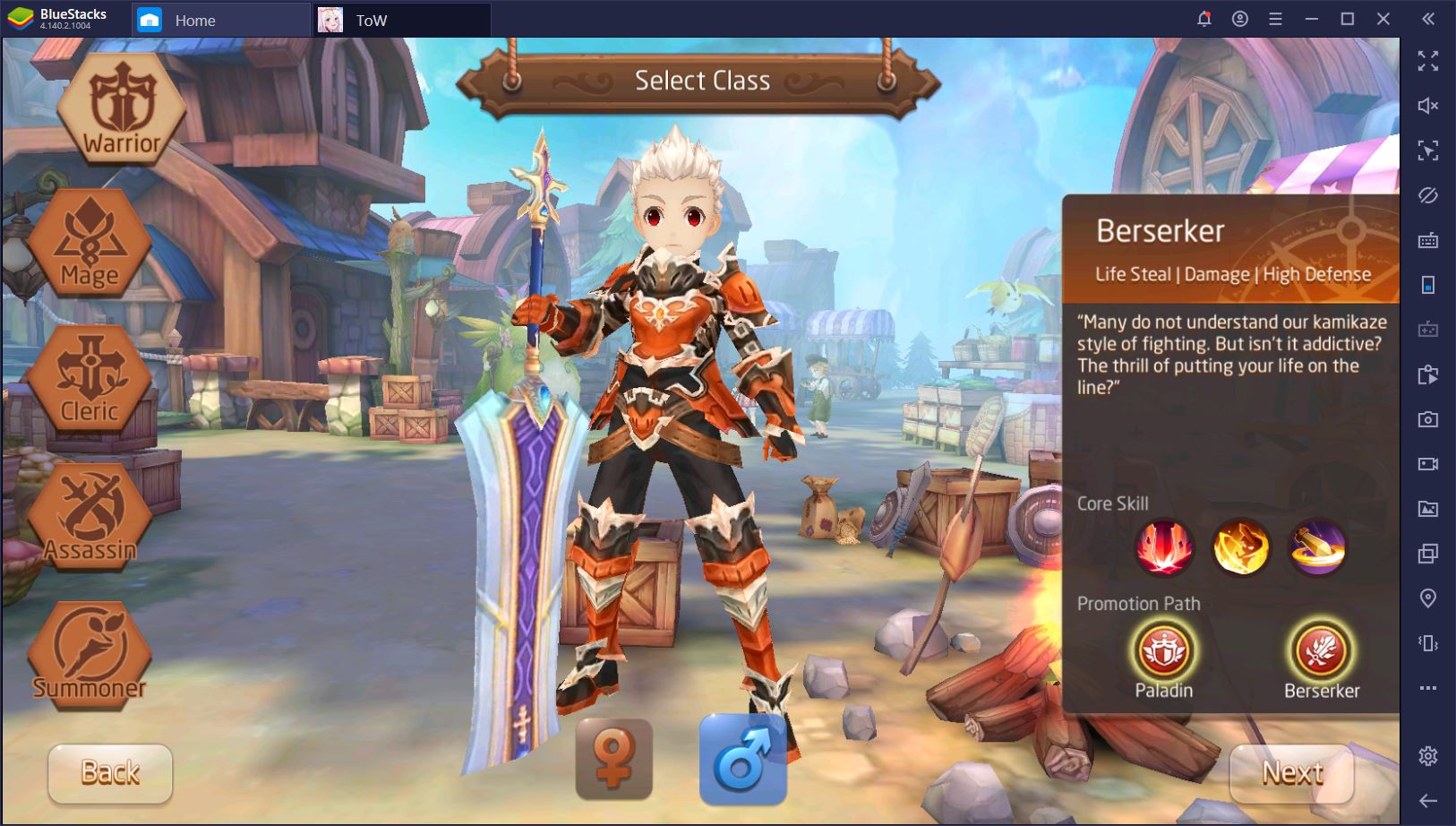
For the Warrior, for instance, it’s best to pick Berserker, especially if you clear a lot of the content while playing alone. The Pyromancer works similarly for the Mage, while the Ranger is the obvious choice for a solo Cleric. Finally, although the Assassin is a very powerful class, they are very likely to struggle in Auto-Play PvE missions. Still, if this is your class of choice, the Asura promotion can handle PvE monsters slightly better than the Ninja.
Increase Your Survivability
Building a well-rounded character is certainly one way to ensure their survivability, but the secret to becoming more tanky in Tales of Wind is the Life Steal trait. If you want to let your character complete a lot of the content on their own, you’ll need to boost this trait as much as possible. The main source of added Life Steal is comprised of special Cards, such as the Nympha. Note that this card has a basic Life Steal boost, as well as the possibility to further increase this stat by enhancing the Nympha.
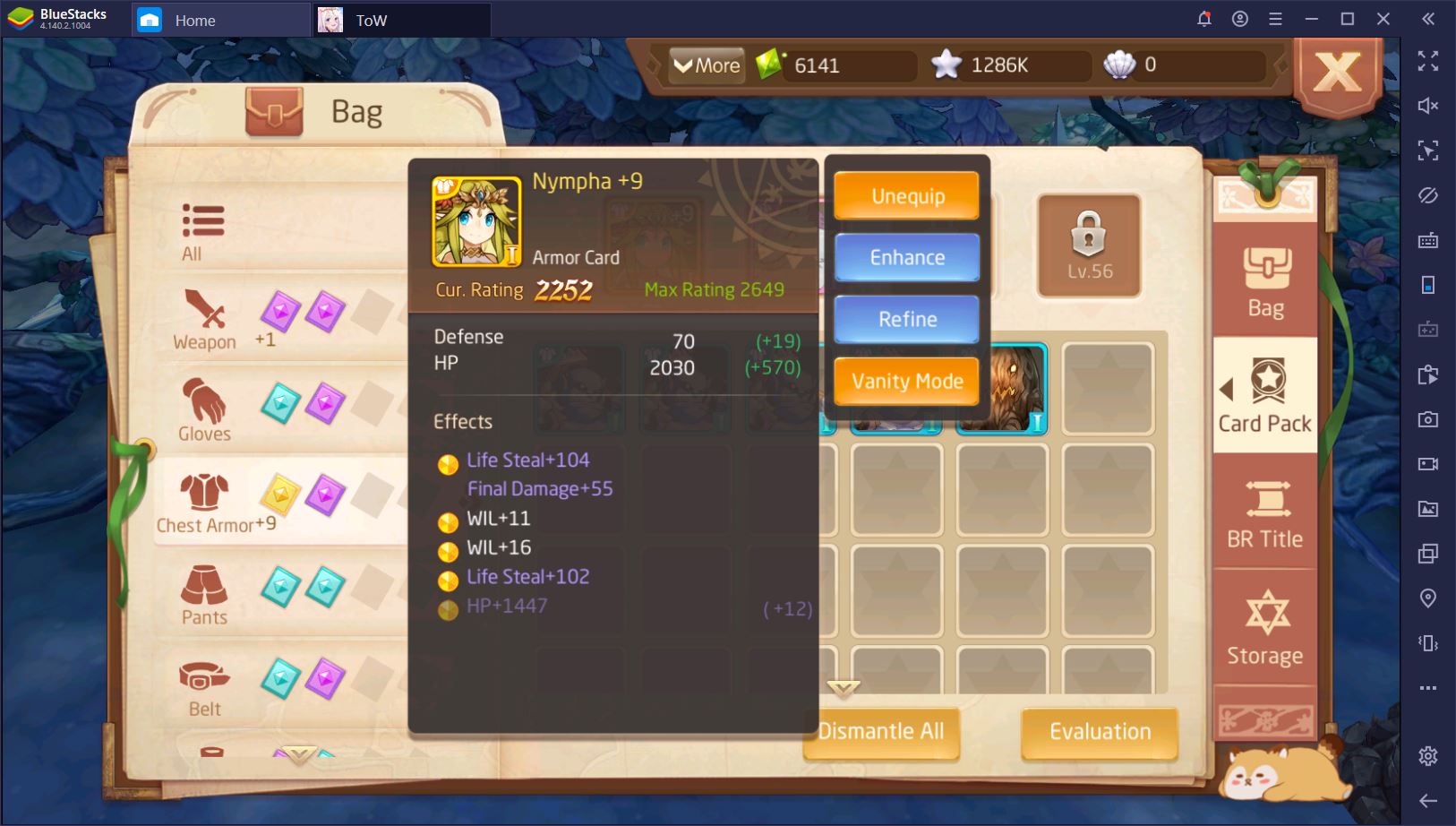
Life Steal basically ensures that every time your character lands a hit, either with a spell or an auto-attack, they regenerate a portion of their health. This is a fantastic stat to boost for all classes, but some benefit from it more than others. The Berserker, for instance, has a skill called Protection of Light. Casting it will only activate Life Steal if you hit at least one target. In addition, the Life Steal can proc only once per use, no matter how many targets you hit.

The Ranger, on the other hand, has a nifty ability called “Power of Nature”, which basically clones his auto-attacks. In this case, Life Steal is applied twice per attack and this significantly improved the amount that the Ranger heals for. You might not think much of the Cleric when you first choose a class, but, if configured properly into a Ranger with very high Life Steal, he or she can survive longer than any other character in PvE.
Customize the Auto-Play System
It’s no secret that, in most mobile MMORPGs, the AI tends to proc abilities very poorly when left to its own devices. This is certainly the case with Tales of Wind, but, unlike other games, this one lets you configure your Auto-Play function. Tweaking with the settings won’t help much when you want to let the character complete tasks of its own, but it can make a big difference when you’re playing.
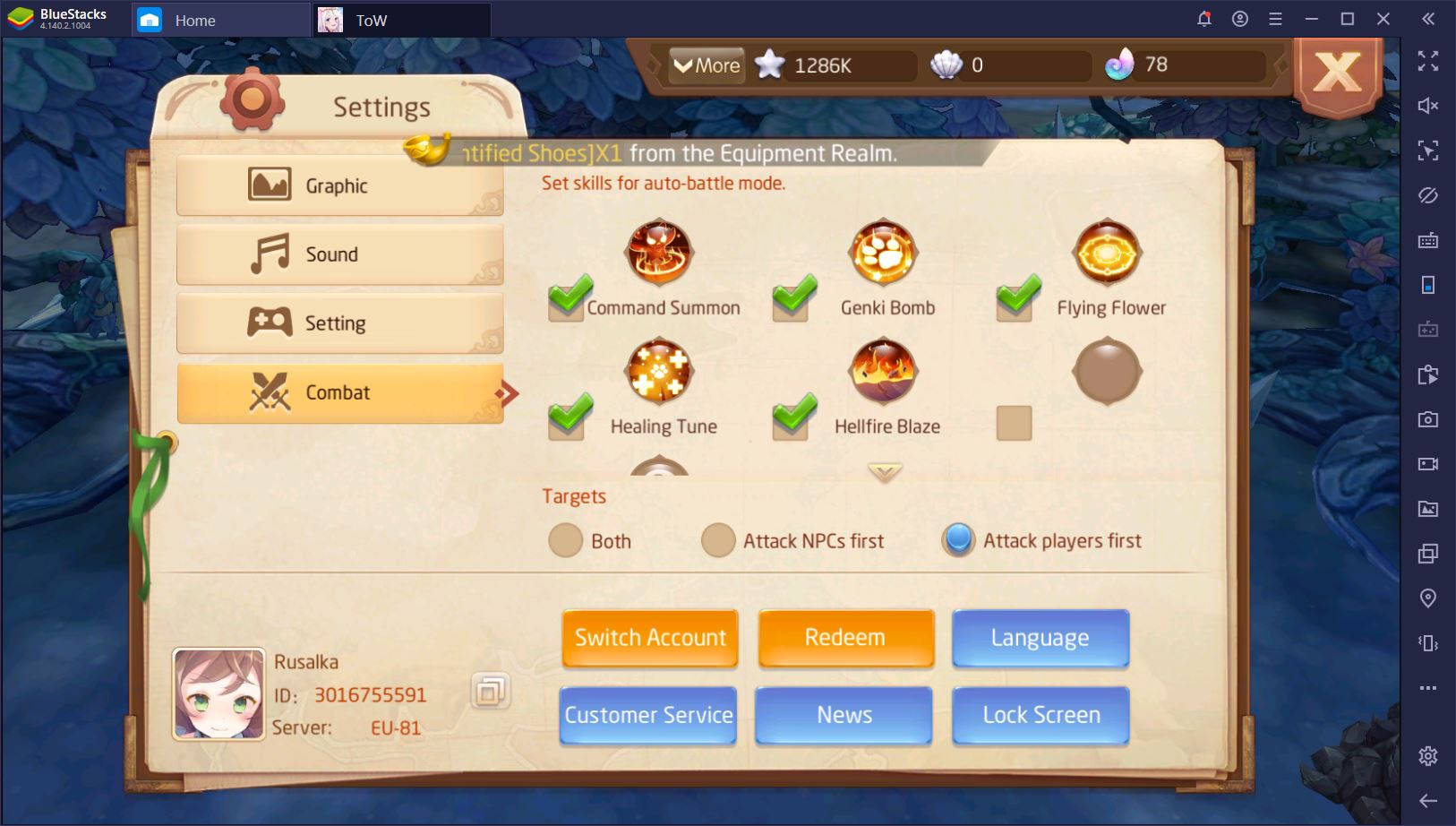
For example, it’s much easier to have the AI automatically target enemies and start shooting, but, in events such as Zodiac Bosses, you might have to hit both the boss and other players. Thankfully, you can set the AI to target players first, which can be extremely useful in this case.
What’s more, you can also select the specific abilities that the AI is allowed to use. Take the Summoner, for example. This class has a low-cooldown heal that should be procced on cooldown. You can let the AI handle this part, but you wouldn’t want it to use most of your hard-hitting AoE abilities because it is very likely to do so in the worst situations. In challenges that you find slightly more difficult, having the AI help you by auto-targeting and using some abilities can give you the edge you need to defeat your opponent(s).
Where to Use the Auto-Play System
Unless you have hours to spend in Tales of Wind, it’s unlikely that you’ll have the time to complete all the daily tasks that reward you with EXP and various types of useful loot. Instead of missing out, you can use the Auto-Play feature to complete some of the easier, yet time-consuming activities.

For example, once you put together a team of 4 mercs (which are AI-controlled), you can let your character complete the five daily escorts, as well as many of the levels in the Card and Equipment Realms. The AI can also handle most missions on the Commission Board and some Arena battles, but will not yield good results in Dragon’s Treasure, Zodiac Bosses, or the Apocalypse event.
With these tricks in mind, you can now configure your character and Auto-Play system to help you complete more tasks each day. But if you’re looking for even more ways to cut the grinding time, don’t forget that you have access to a range of different nifty tools when you play Tales of Wind on PC with BlueStacks.


